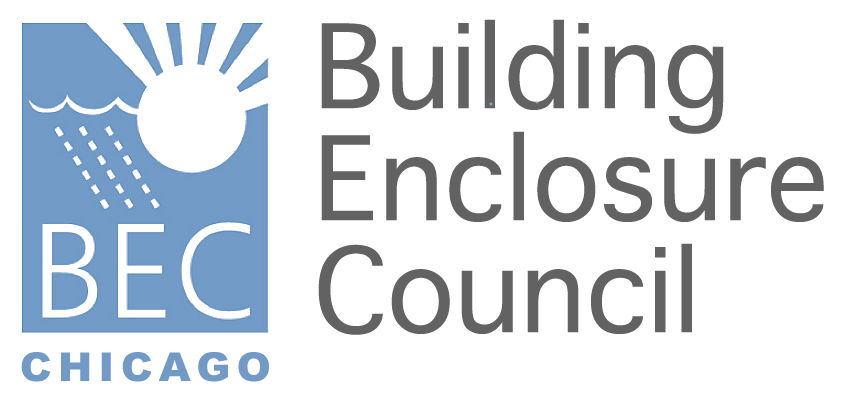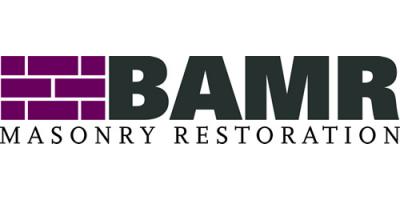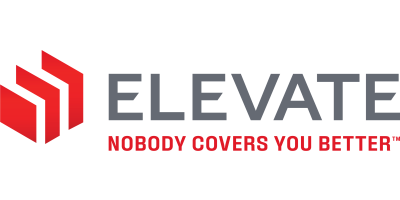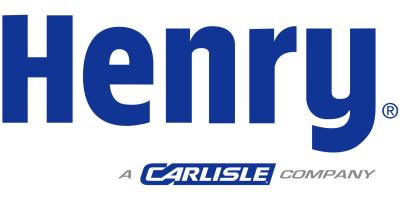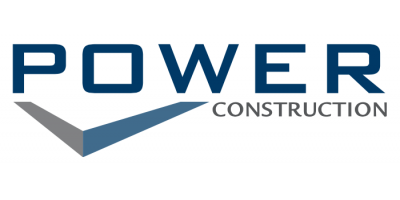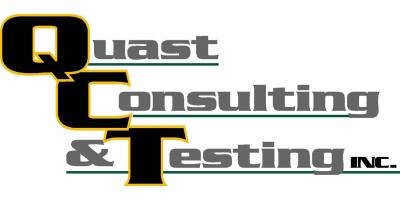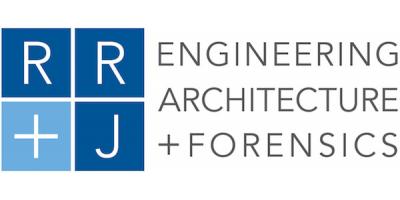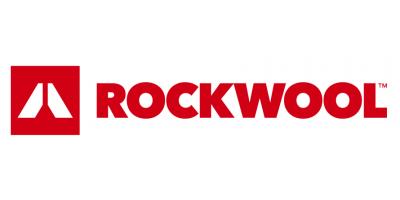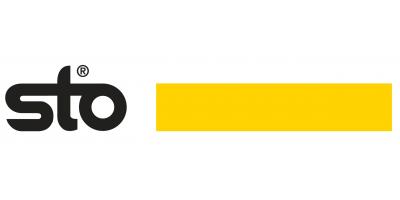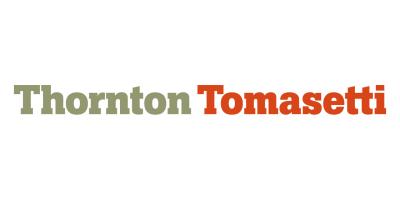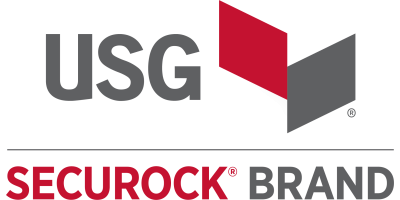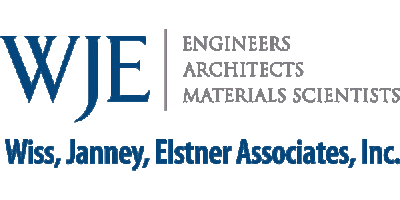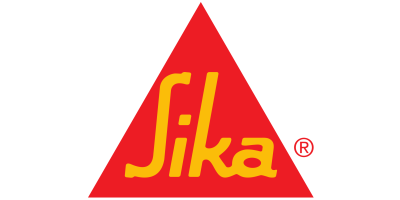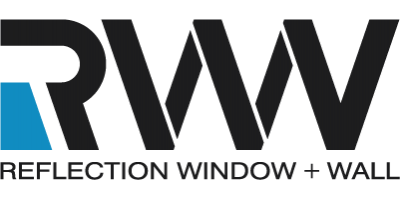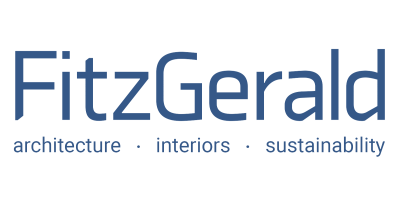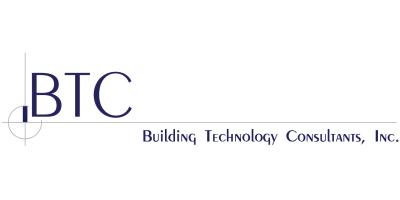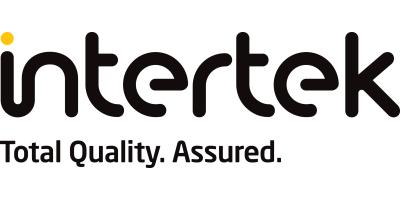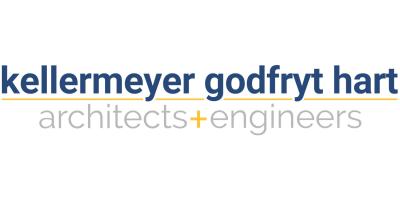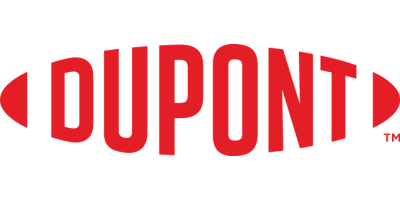| Location | Gensler, 11 East Madison, Suite 300, Chicago, IL |
ABSTRACT: Ice and snow accumulations on roofs, facades and exterior structures of buildings can lead to hazardous conditions when they slide, fall or are windblown; creating operational risk for owners and building managers. Building designers and regulators have long struggled with the various aspects of winter precipitation; this has lead to the development of standards and codes to address such topics as wind loads and snow loads during building design. However, the aspect of falling, sliding or windblown ice and snow from a building is a topic that has not been widely acknowledged, and consequently has no standards, guidelines or prescriptive building code requirements to assist designers. In addressing concerns, designers have largely relied on past experience or trial and error methods for reducing potential risks. There is increasing evidence to suggest that the incidence of falling once and snow is on the increase and is inadvertently being caused by actions taken to improve building performance. This presentation will address the following: 1. Various factors that contribute to hazardous ice an snow formation. 2. Identify industry trends that are increasing risk. 3. Discuss examples and case studies of common design issues. 4. Provide methods to address these issues with the design process. PRESENTER BIO: Roman Stangl C.E.T. - Roman is director and the lead project manager of Northern Microclimate Inc., an architectural consulting firm that focuses on the prediction, evaluation, and mitigation of falling ice and snow. He has been actively consulting and managing within the design and construction field since 2005. Roman has contributed to publications with the Council on Tall Buildings and Urban Habitat, the National Institute of Building Sciences, Construction Specifications Canada, and the International Conference on Snow Engineering, and is currently co-chair of ASTM E06.55.13 - Evaluation of Snow and Ice Accretion on Buildings and Structures. Roman's skills as a project manager and consultant have earned him a reputation as a trusted professional who readily interprets project requirements, and ensures a quality product and experience is delivered on time and within budget. RSVP: For BEC Chicago members, an RSVP invite will be sent out approximately 7 to 10 days in advance. For non-BEC Chicago members interested in attending, you may RSVP to jdiqui@stocorp.com
